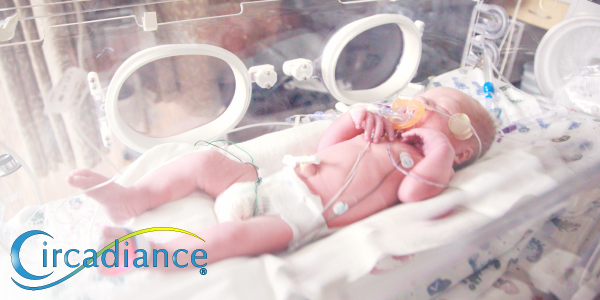Continuous positive airway pressure (CPAP) or high flow nasal cannula (HFNC)? An ongoing debate, but does it have to be one or the other? Many times CPAP is the first treatment to respiratory distress in the neonate, while HFNC is used frequently as a weaning tool. Providers make this decision based on gestational age, diagnosis, and treatment history. Would HFNC be used more if it was easier to transition the patient with no loss of support? What if providers had a better idea of the pressure that was actually being generated by that flow?
NeoPAP is both a CPAP and HFNC system all in one. This means there is no interruption to therapy and no need to change the patient interface or agitate the baby. In less than ten seconds, the provider can change the infant to HFNC and monitor their progress, weaning appropriately.
Many clinicians face uncertainty about the pressure generated by the flow of the system. NeoPAP actually displays the pressure being generated, so clinicians can monitor their patients and feel confident in the therapy being delivered.
By having both of these modes in one device there are a few obstacles that are now solved for NICUs.
The first one is skin breakdown. HFNC is known to be more skin friendly than CPAP1. In order to deliver high flow, the patient’s nares must not be occluded. This reduces skin breakdown. Our Baby-Trak Leak Compensation Technology™ compensates for this leak, allowing this skin friendly approach to reduce breakdown, even in CPAP mode.
The next obstacle that is overcome by having CPAP and HFNC in one device is bedside space. The bedside of a neonate is not very big, having multiple devices surrounding that itty bitty space can make parents and families uneasy, and creates a challenging environment for clinicians. Having one device at the bedside that performs two functions just makes sense.
Another obstacle overcome by NeoPAP is uncertainty. Many other devices don’t have a complete alarm package. NeoPAP offers many different alarms specific to whatever mode you are in. You can rest assured your infants are receiving consistent therapy with NeoPAP.
Does your facility have a preference between CPAP and HFNC? Let us know in the comments below!
REFERENCES
1. Wilkinson, D., Anderson, C., O'Donnell, C., Paoli, A. D., & Manely, B. (2016). High Flow Nasal Cannula for Respiratory Support in Preterm Infants. Cochrane Database of Systematic Reviews, Issue 2.





